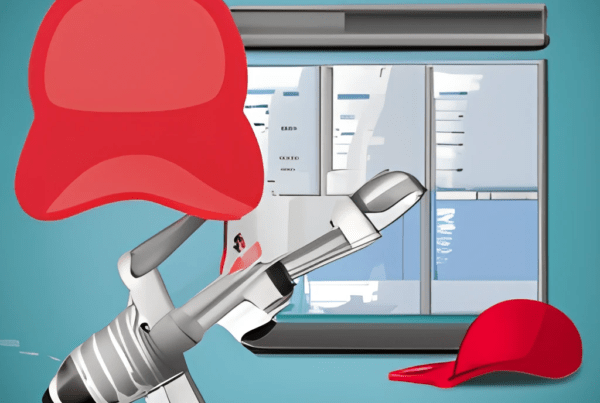Patient recruitment for clinical trial is important for sites, sponsors, and CROs, as it affects the potential outcome and value of the clinical trial. For sites especially, meeting these goals is vital to keep a solid reputation and continue receiving study awards. Yet, according to Tufts CSDD, two-thirds of investigative sites fail to meet clinical trial patient recruitment requirements.
While there may be a long (or short!) list of reasons why your site isn’t meeting clinical trial patient recruitment goals, there is one big reason you may not be aware of:
You’re not catering your messages to potential participants’ level of interest.
Potential clinical trial participants go through varying stages (and thus levels of interest) as they consider joining a trial. This is known as the transtheoretical model, or stages of change model, which says that individuals go through varying levels of readiness as they prepare to start a new behavior. It takes time for participants to decide that they are ready to start the new behavior of joining a clinical trial. On top of this, participants are not all at the same level of interest or stage of change, which is a general assumption that is often made in clinical trial recruitment efforts.
What is the general assumption?
The general assumption is that potential participants are ready, and have already decided, to join a clinical trial. While this may be true of some potential participants who have done the research and decided that joining a trial is right for them, this is often not the case. If your site were to put out ads listing inclusion/exclusion criteria or compensation amounts, a small percentage of the potential participant population would indeed be interested, but only those who have already made up their mind to join a clinical trial.
Who makes up the larger pool of potential participants?
For the majority of potential participants, patient recruitment for clinical trials are either:
a) not on the radar
b) not an option because they are distrusting of the clinical trials industry.
Know anyone like that? We thought so. That is why messages directed to these specific types of potential participants – the patients who are in the “precontemplation” stage in the transtheoretical model (not intending to take action in the foreseeable future, i.e. not intending to join a clinical trial) – is so important in recruitment efforts.
What can be done to reach these potential participants in the “precontemplation” stage?
Potential patient recruitment for clinical trial participants who are in the “precontemplation” stage need to be moved forward to the “contemplation” stage (beginning to recognize that a behavioral change could be made, i.e. considering joining a clinical trial) or to the “preparation (ready)” stage (intending to take action, and maybe taking baby action steps, i.e. ready to join a clinical trial). Then, hopefully, all potential participants are moved to the action stage – joining a clinical trial!
To reach these potential participants and move them forward toward action, a text messaging campaign can be used. Both cost-effective and extremely easy, text messaging campaigns can be set up using your existing database of potential patients or from a list obtained through community outreach / canvassing. A survey can then be set up to gauge potential participants’ level of interest, or current stage of change, via a few simple questions, such as:
- True or False: I would consider joining a trial in the next 3 months if given the opportunity.
- True or False: I am not aware of any clinical trials that apply to me.
- True or False: I am not interested in joining a clinical trial because I don’t trust clinical trials in general.
Based on the answers to these questions, you can take action steps to engage and enroll these potential participants:
If True (first question): The next actionable step would be to see which indications he/she suffers from and determine which trial he/she qualifies for. Information about that trial can then be sent to the potential patient.
If True (third question): Send him or her a link to a web page that assuages fears about clinical trials. Hopefully, the potential patient will, at least, contemplate joining a clinical trial.
Text messaging campaigns are the perfect resource to reach potential patients at any stage, any location, and any time. Action is simple on your end, and patients will more easily move toward joining a clinical trial.
As you can see, there is a science to patient recruitment for clinical trial that is often overlooked. Meeting potential participants where they are, in their current stage, is vital, and will not only help the patient feel valued but will allow you to meet your clinical trial enrollment goals. Give text messaging campaigns a try to solve the one big reason you’re not meeting your clinical trial patient recruitment goals.
These articles may be of interest to you:
Market Your Core Indications for Optimal Patient Recruitment
How to Build Your Database for Patient Recruitment
3 Ways to Increase Patient Retention in Clinical Trails
—
Want to learn more? Join the Patient Recruitment and Retention (PR+R) Group on LinkedIn!
Get a quote for Mosio’s patient engagement solutions.










